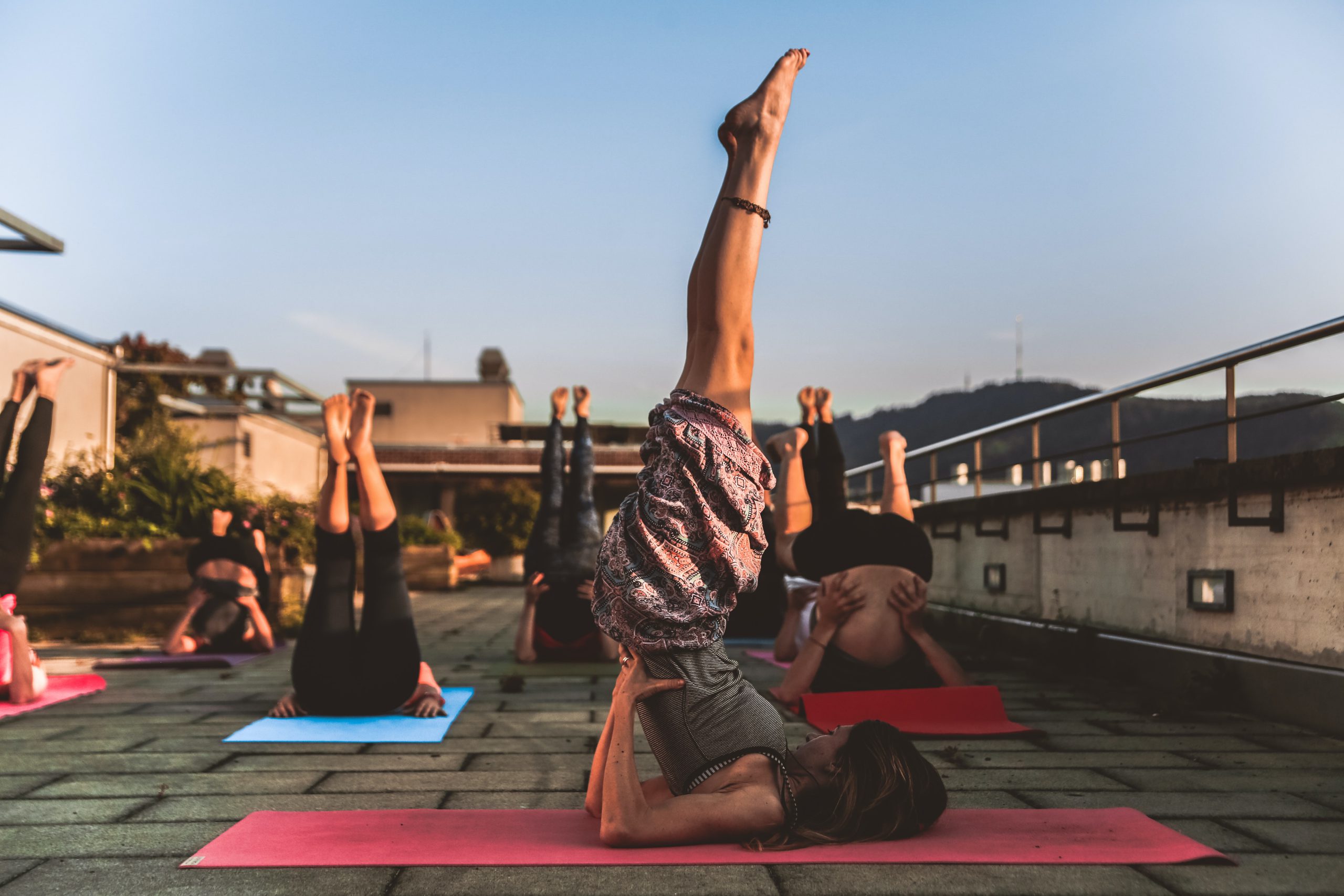Yoga is often thought of as a form of exercise for people who want to increase flexibility, reduce stress, and improve overall well-being. However, yoga can also be incredibly beneficial for athletes. In this blog post, we'll explore the benefits of yoga for athletes and how to incorporate it into your training routine.
Benefits of Yoga for Athletes
Flexibility and Mobility
First, let's talk about the benefits of yoga for athletes. One of the biggest benefits of yoga is that it can improve flexibility and mobility. Athletes often have tight muscles due to the repetitive motions of their sport, and yoga can help to release tension in those areas. Improved flexibility and mobility can help to reduce the risk of injury and improve performance.
Balance and Stability
Yoga can also help to improve balance and stability. Many yoga poses require you to balance on one foot or arm, which can help to improve your balance and stability in other areas of your sport. For example, if you're a runner, yoga can help to improve your balance and stability on uneven terrain.
Focus and Concentration
Yoga can also help to improve focus and concentration. Many yoga practices involve holding poses for a certain amount of time and focusing on your breath. This can help to improve your focus and concentration in other areas of your sport. For example, if you're a golfer, yoga can help to improve your focus and concentration on the course.
Breathing and Lung Capacity
Yoga can also help to improve breathing and lung capacity. Many yoga practices involve deep breathing, which can help to improve your lung capacity and oxygenation of the body. This can help to improve your endurance in other areas of your sport. For example, if you're a cyclist, yoga can help to improve your endurance on long rides.
Stress and Anxiety
Yoga can also help to reduce stress and anxiety. Athletes often experience high levels of stress and anxiety due to the pressure to perform. Yoga can help to reduce stress and anxiety by promoting relaxation and mindfulness.
How to Incorporate Yoga into Your Training Routine
Make It a Regular Part of Your Routine
Now that we've covered the benefits of yoga for athletes, let's talk about how to incorporate it into your training routine. The best way to incorporate yoga into your training routine is to make it a regular part of your routine. You can do this by setting aside a specific time each day to practice yoga, or by incorporating yoga into your warm-up or cool-down routine.
Beginner's Classes
If you're new to yoga, it's best to start with a beginner's class. This will help you to learn the basics of yoga and get a feel for the different poses and movements. Once you're more comfortable with yoga, you can start to incorporate more advanced poses into your routine.
Tailor it to Your Sport
It's also important to tailor your yoga practice to your specific sport. For example, if you're a runner, you may want to focus on poses that will help to improve your balance and stability, such as Tree Pose or Warrior III. If you're a cyclist, you may want to focus on poses that will help to improve your breathing and lung capacity, such as Camel Pose or Lion's Breath.
Yoga Instructors
It's also beneficial to work with a yoga instructor who has experience working with athletes. They can help to design a yoga practice that is tailored to your specific sport and goals. They can also help to modify poses if you have any injuries or limitations.
Yoga-Inspired Workouts
Another way to incorporate yoga into your training routine is to try yoga-inspired workouts such as Yoga Booty Ballet or Yoga Sculpt. These workouts combine yoga poses with cardio and strength training, providing an efficient and effective full-body workout.
Incorporating yoga into your training routine can provide numerous benefits for athletes. It can help to improve flexibility, balance, focus, and breathing, and reduce stress and anxiety. By making yoga a regular part of your routine, you can improve your performance and reduce the risk of injury. It's important to consult with a yoga instructor and tailor your practice to your specific sport. With regular practice, you'll be able to achieve your fitness goals and enjoy the process along the way.
